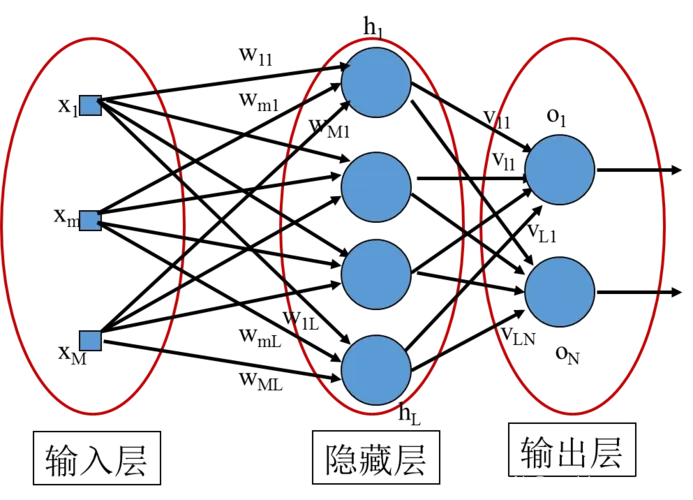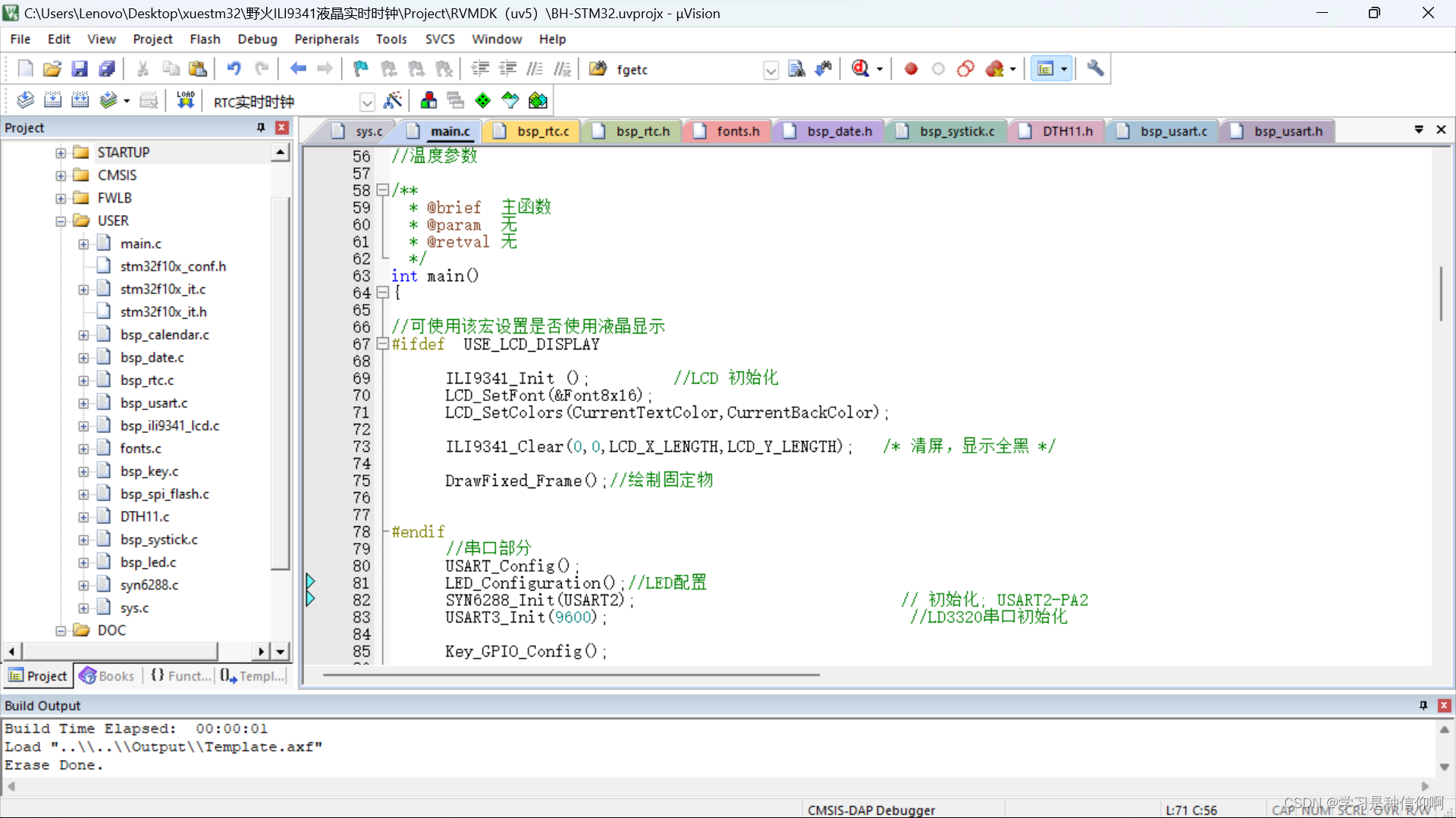Go语言sort包
一、sort包Go语言标准库中sort提供了排序APIsort包提供了多种排序算法,这些算法是内部实现的,每次使用sort包排序时,会自动选择最优算法实现插入排序快速排序堆排sort包中最上层是一个名称为Interface的接口,只要满足sort.Interface类型都可以排序// A type, typically a collection, that satisfies sort.Inter
·
一、sort包
- Go语言标准库中sort提供了排序API
- sort包提供了多种排序算法,这些算法是内部实现的,每次使用sort包排序时,会自动选择最优算法实现
- 插入排序
- 快速排序
- 堆排
- sort包中最上层是一个名称为Interface的接口,只要满足sort.Interface类型都可以排序
// A type, typically a collection, that satisfies sort.Interface can be
// sorted by the routines in this package. The methods require that the
// elements of the collection be enumerated by an integer index.
type Interface interface {
// Len is the number of elements in the collection.
Len() int
// Less reports whether the element with
// index i should sort before the element with index j.
Less(i, j int) bool
// Swap swaps the elements with indexes i and j.
Swap(i, j int)
}
- Go语言标准库默认提供了对int、float64、string进行排序的API
- 很多函数的参数都是sort包下类型,需要进行转换.
二、排序实现
对int类型切片排序
num := [] int{1, 7, 5, 2, 6}
sort.Ints(num) //升序
fmt.Println(num)
sort.Sort(sort.Reverse(sort.IntSlice(num))) //降序
fmt.Println(num)
对float64类型切片排序
f := [] float64{1.5, 7.2, 5.8, 2.3, 6.9}
sort.Float64s(f) //升序
fmt.Println(f)
sort.Sort(sort.Reverse(sort.Float64Slice(f))) //降序
fmt.Println(f)
对string类型切片排序
- 按照编码表数值进行排序
- 多字符串中按照第一个字符进行比较
- 如果第一个字符相同,比较第二个字符
s := []string{"我", "我是中国人", "a", "d", "国家", "你", "我a"}
sort.Sort(sort.StringSlice(s)) //升序
fmt.Println(s)
//查找内容的索引,如果不存在,返回内容应该在升序排序切片的哪个位置插入
fmt.Println(sort.SearchStrings(s, "你是"))
sort.Sort(sort.Reverse(sort.StringSlice(s)))
fmt.Println(s)
更多推荐
 已为社区贡献5条内容
已为社区贡献5条内容
目录








所有评论(0)